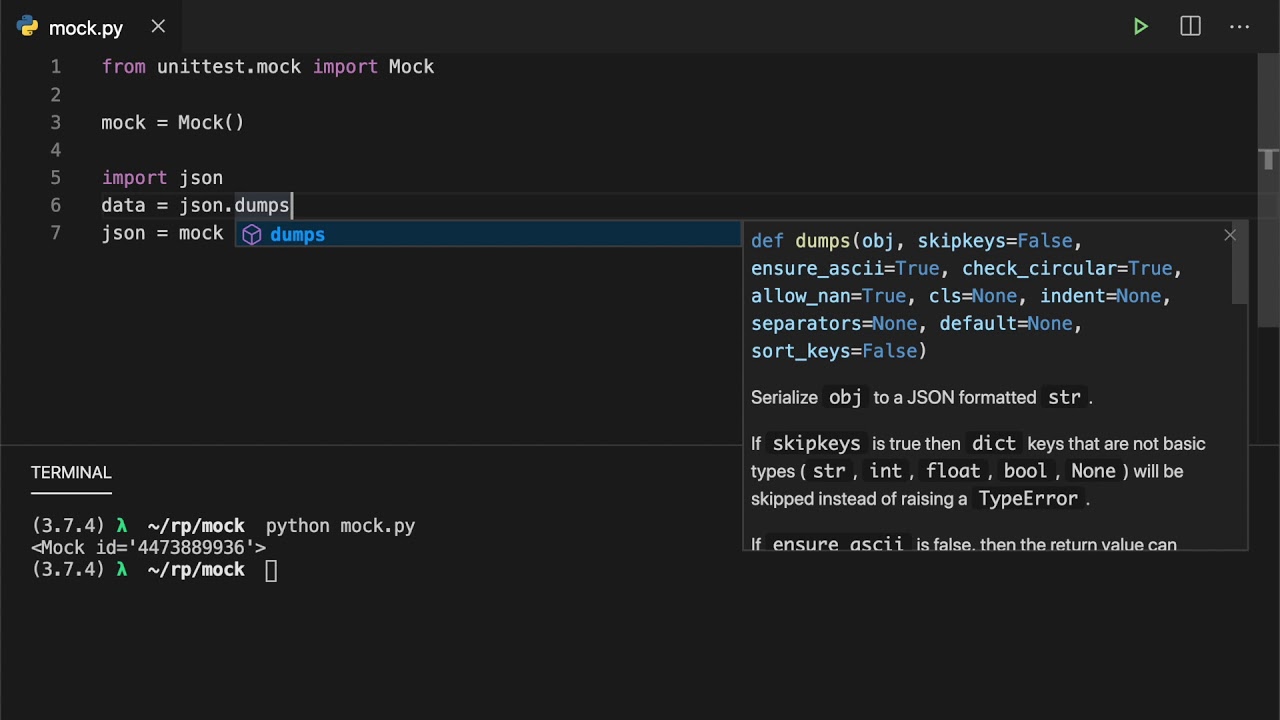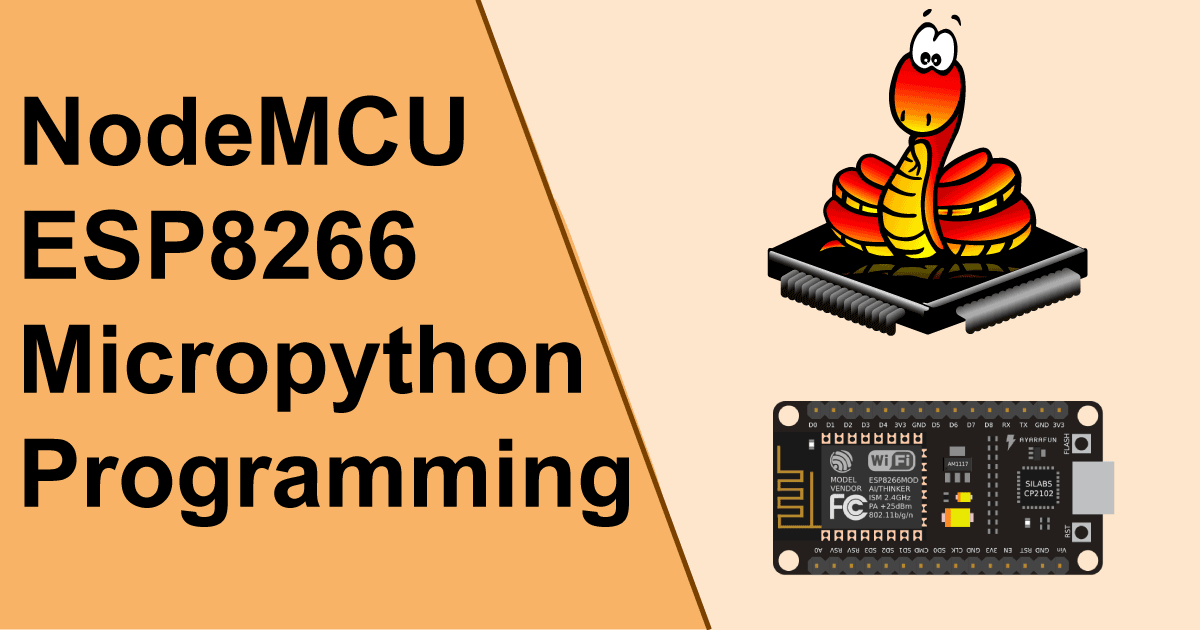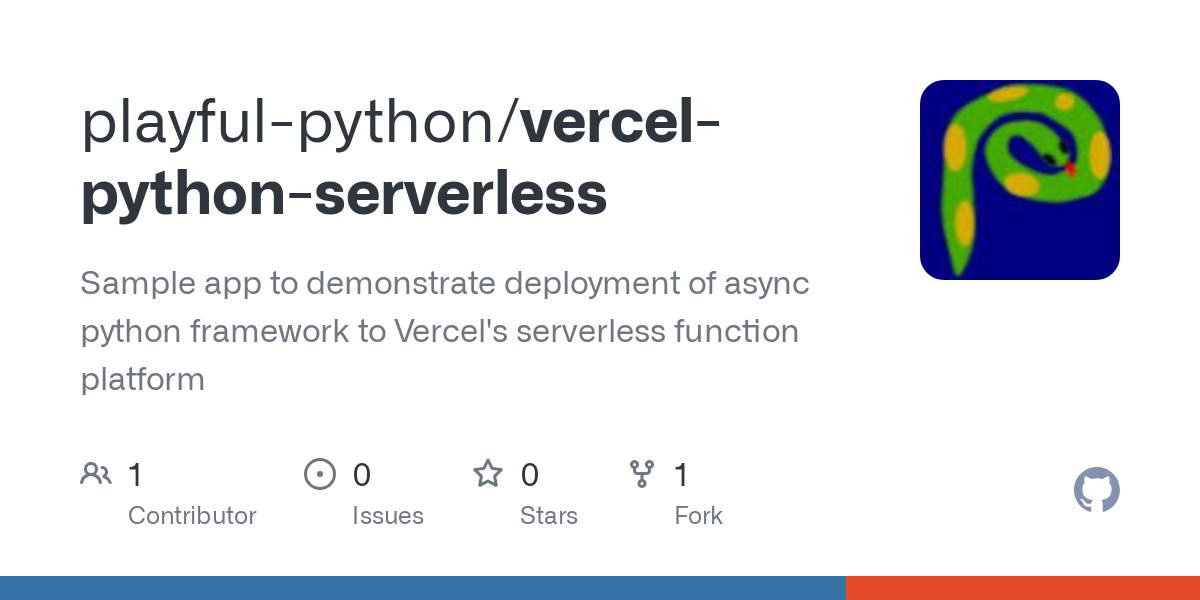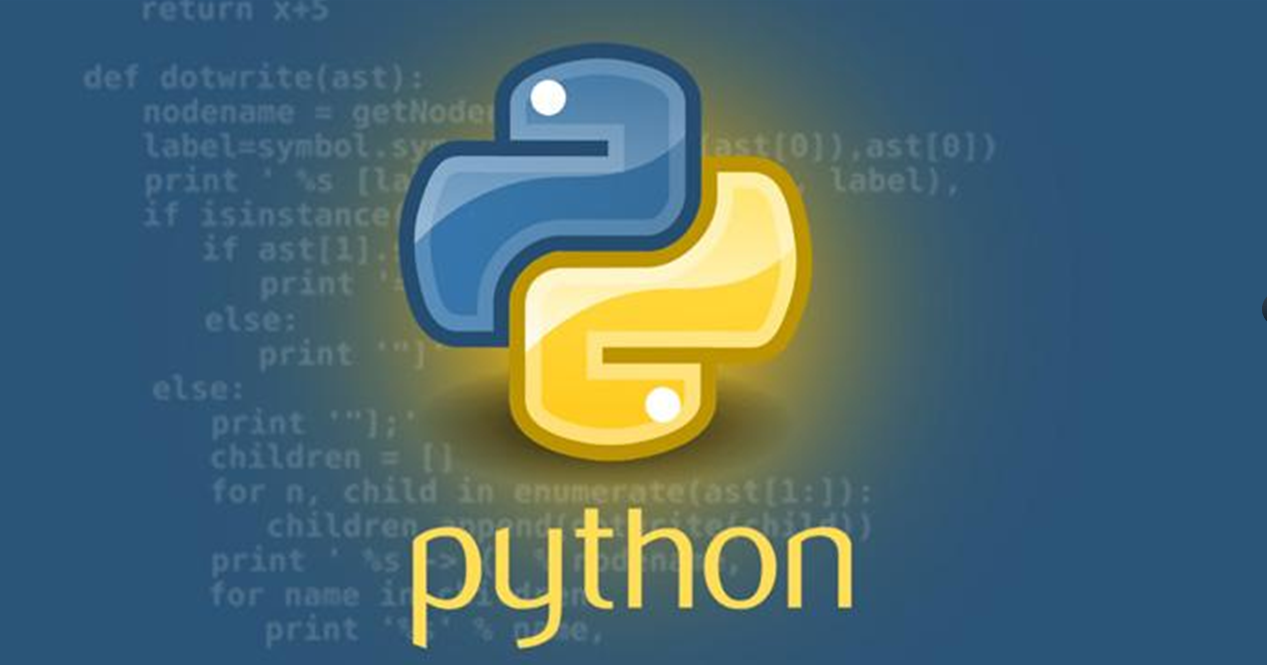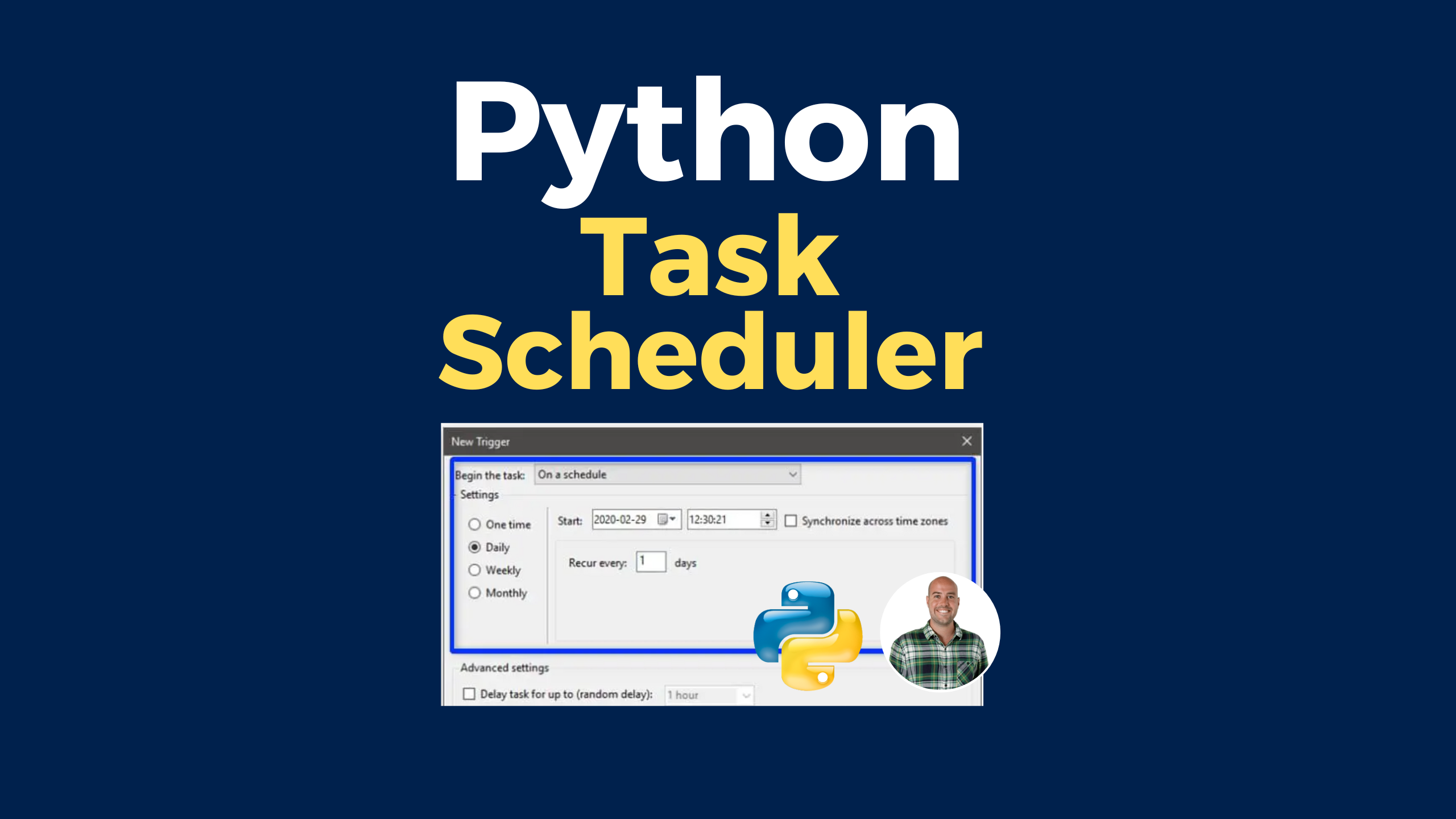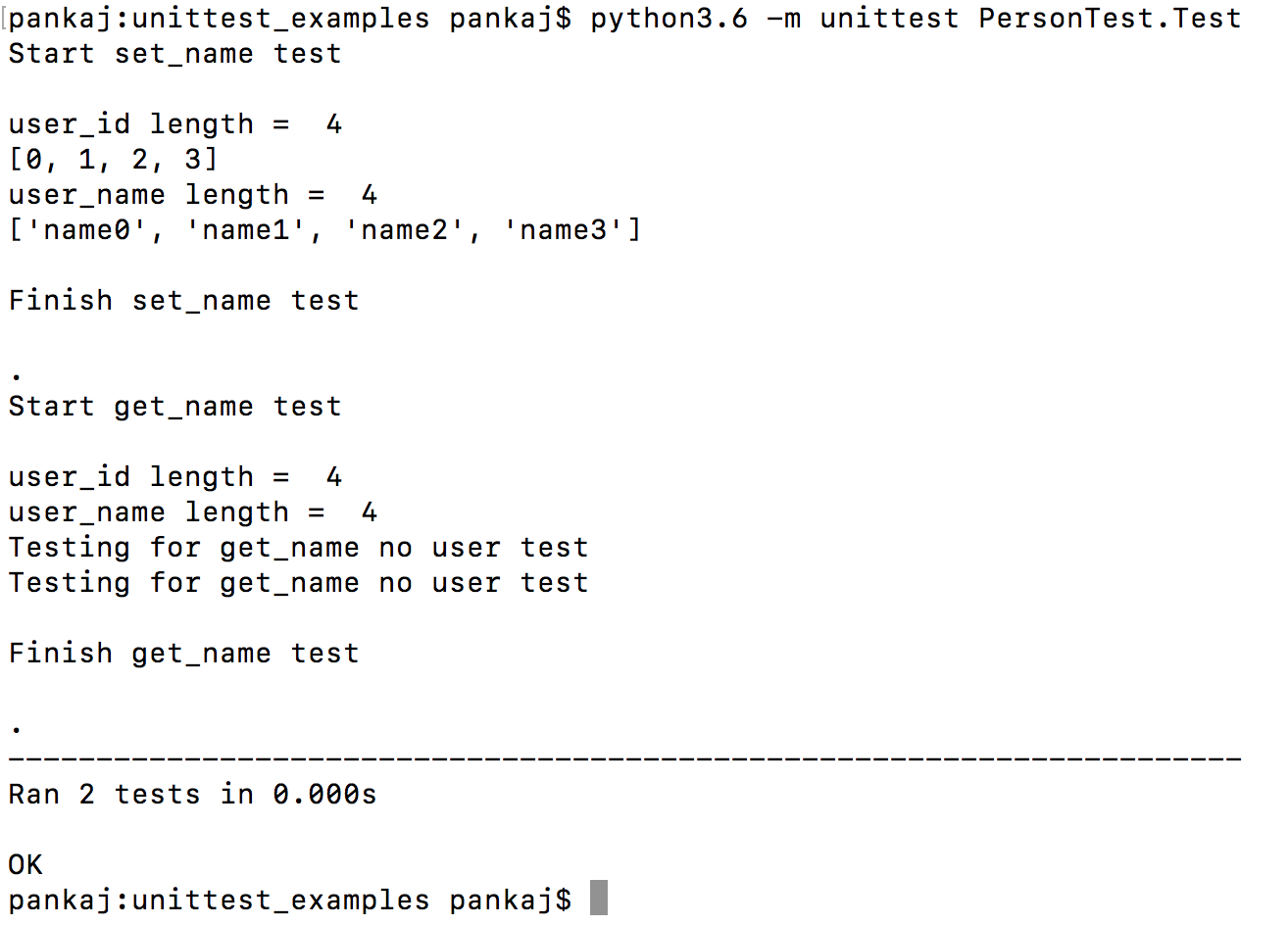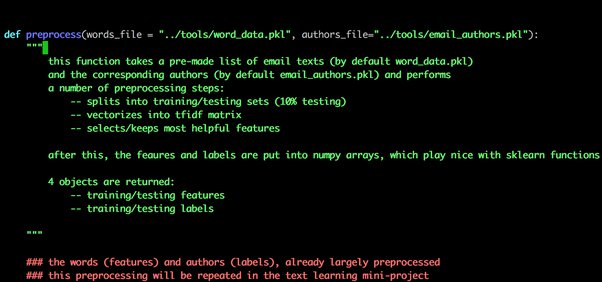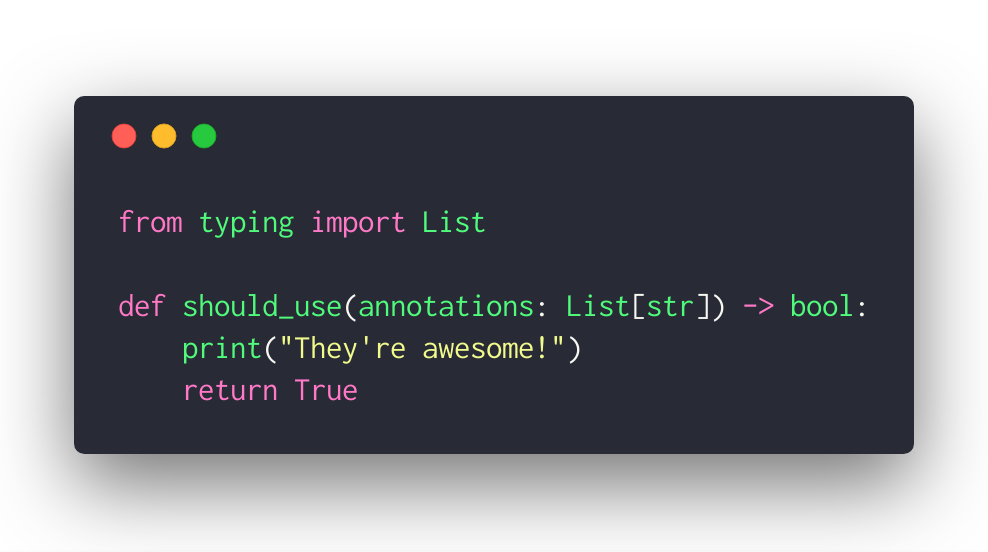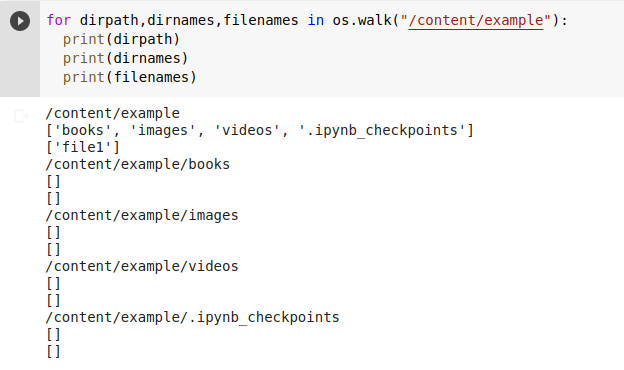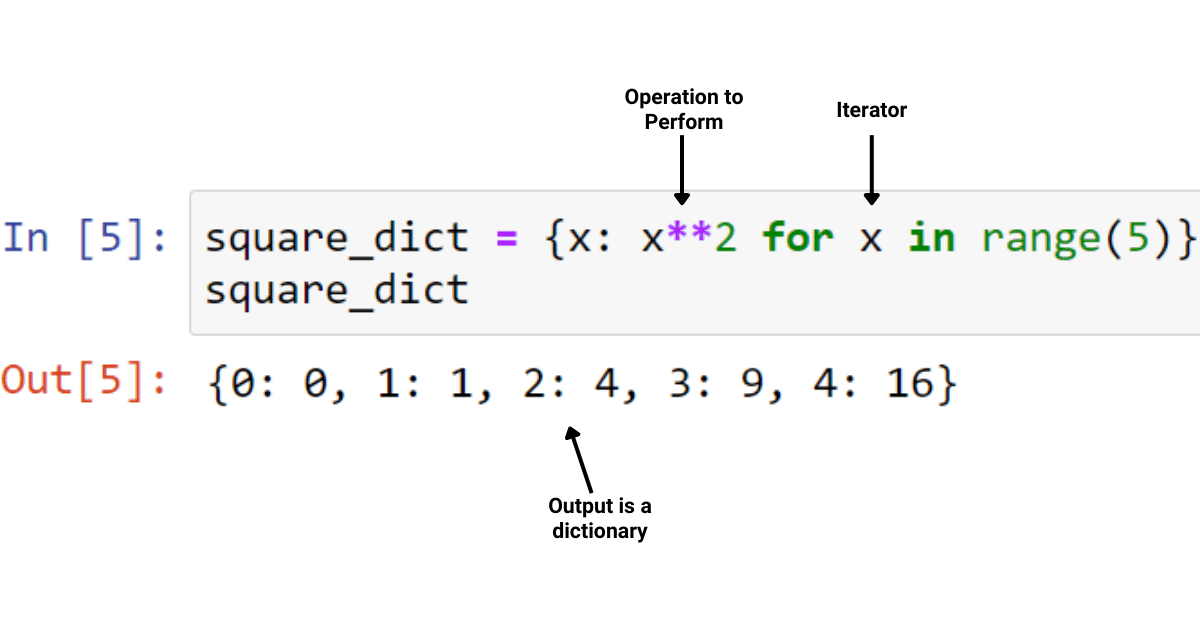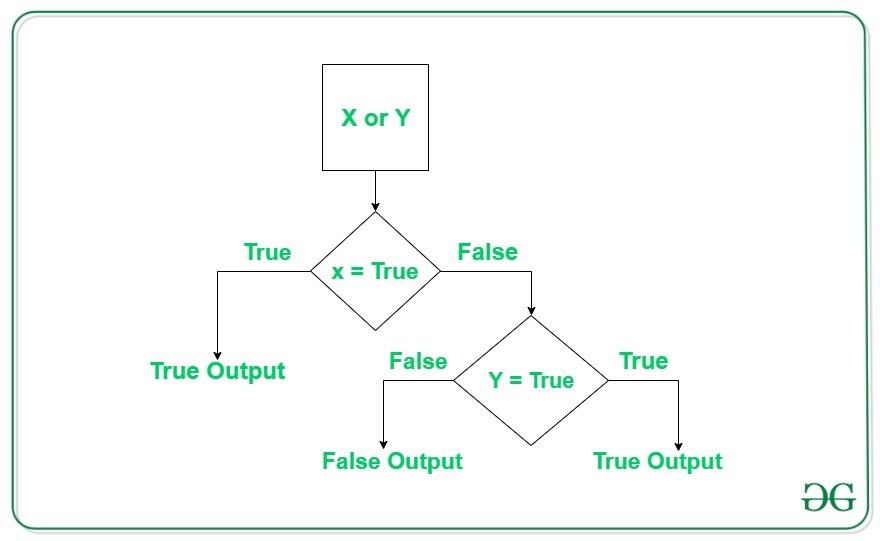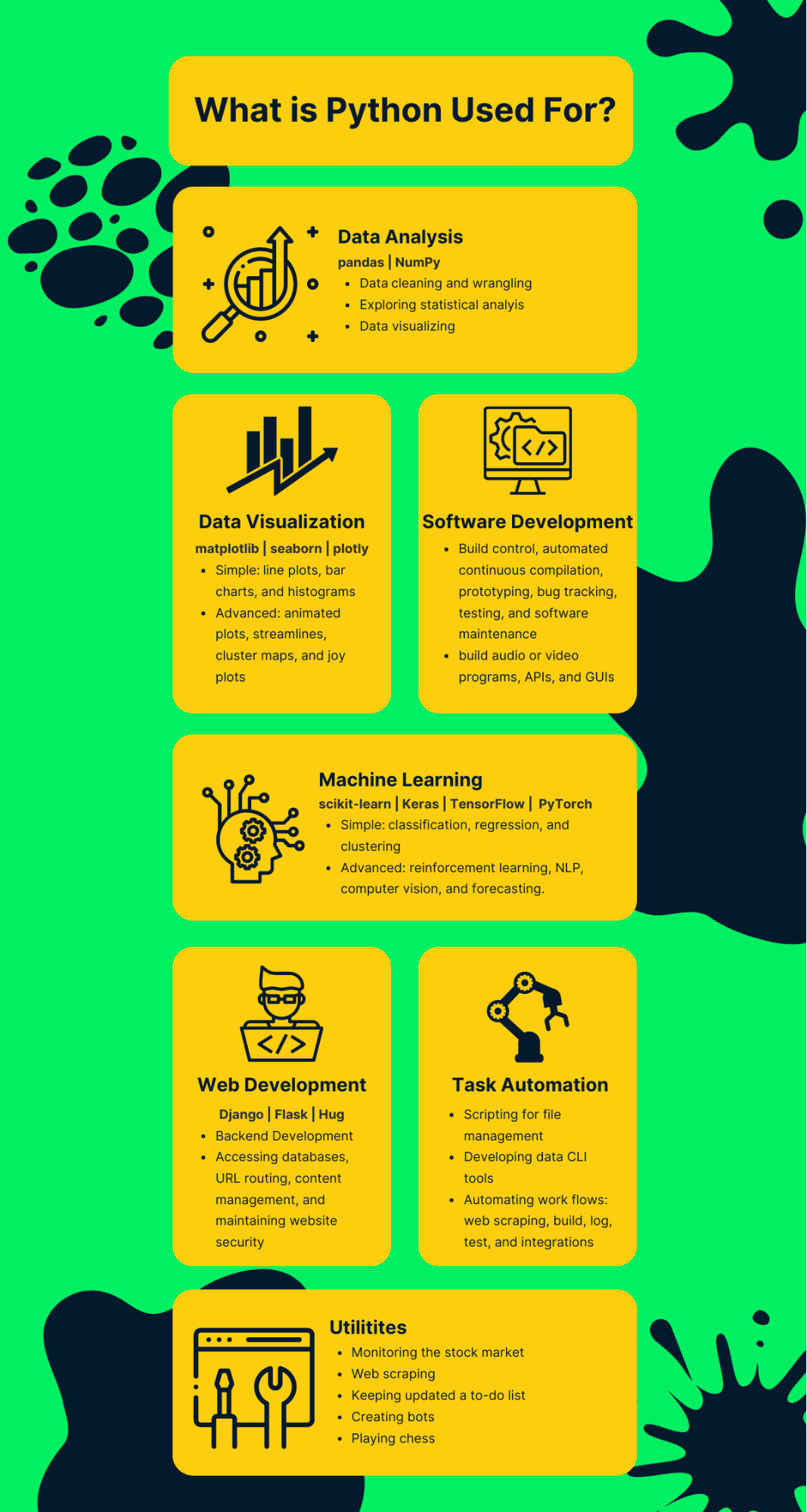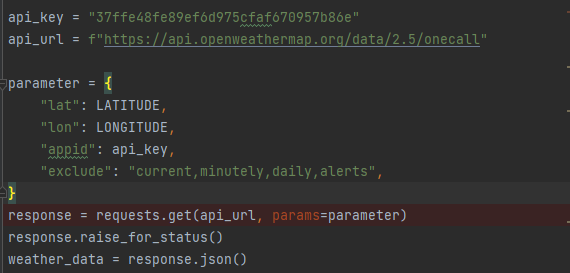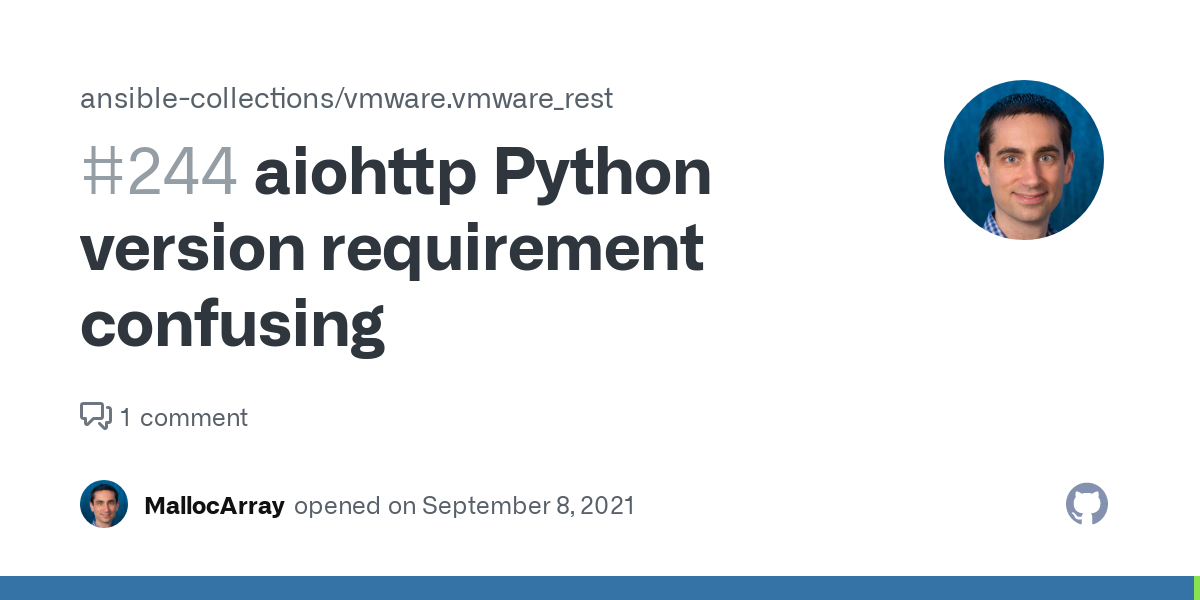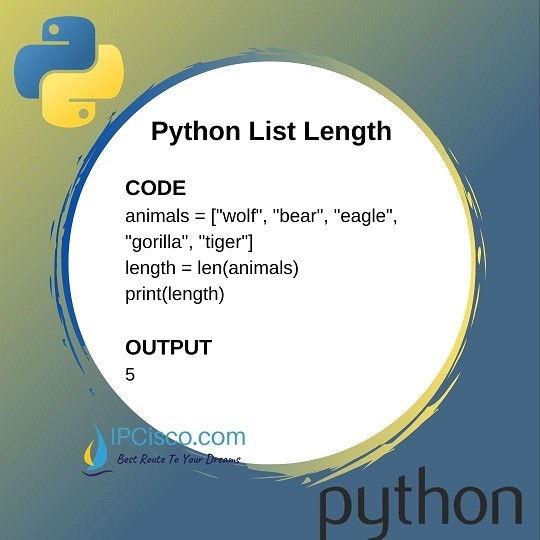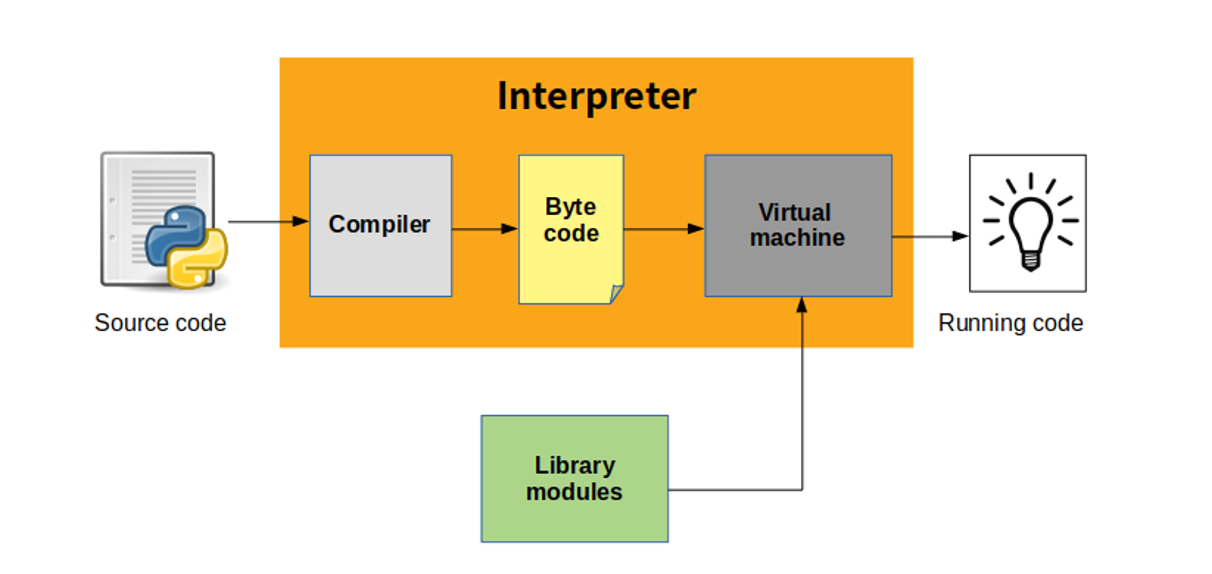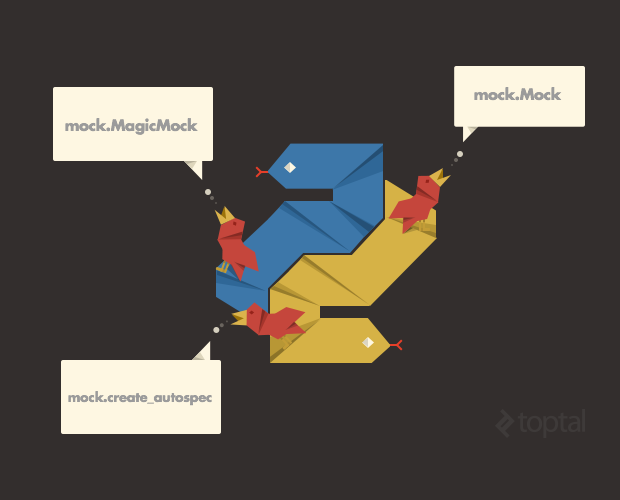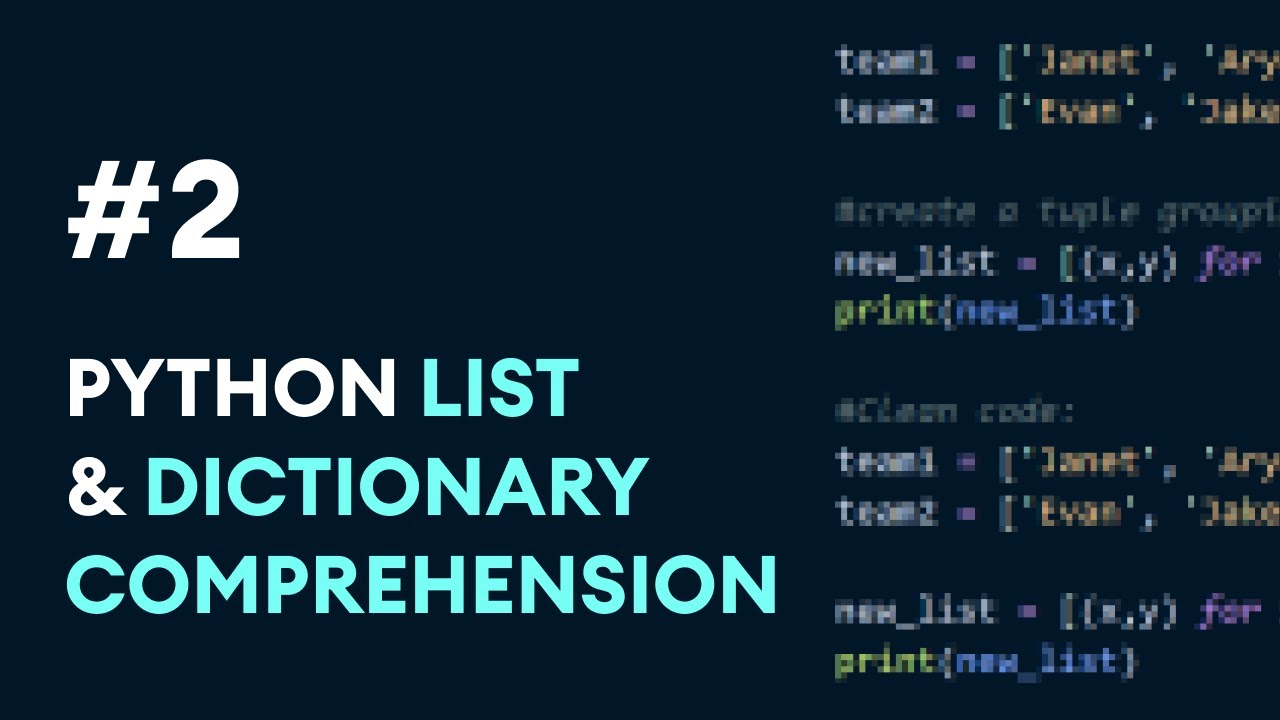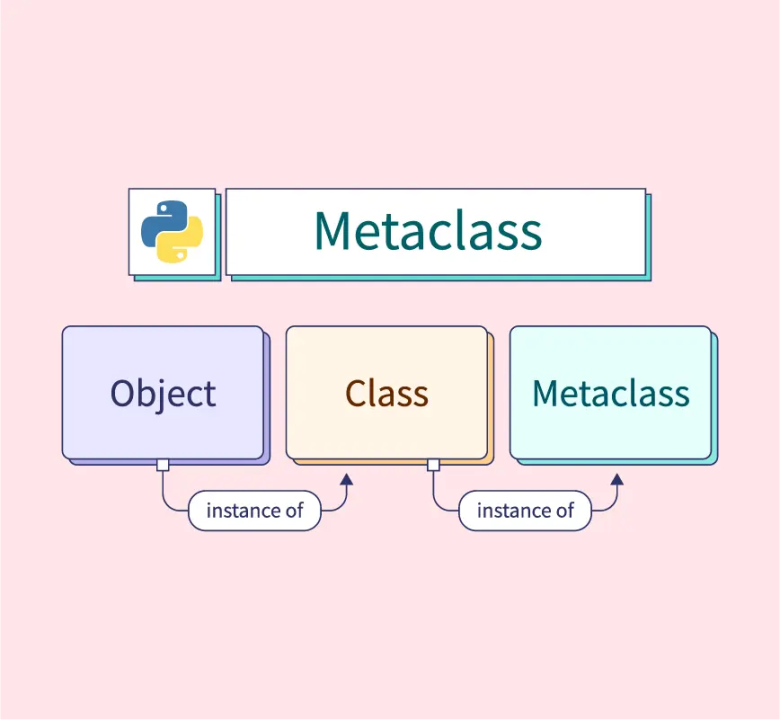Python comments best practices reddit
Python comments best practices reddit
Here's a detailed guide on the best practices for writing readable and maintainable Python code:
Comments
Use docstrings: Docstrings are special kinds of comments that provide documentation for your functions, classes, and modules. They are often extracted by tools like Sphinx to create API documentation. Be concise: Keep your comments brief and to the point. Aim for a few sentences at most. Explain what, not how: Focus on explaining what the code does, rather than how it does it. This helps readers quickly understand the purpose of the code.Code Style
Consistent indentation: Use either spaces or tabs, and stick to your chosen convention throughout the codebase. Consistent naming conventions: Follow a consistent naming convention for variables, functions, and classes (e.g., snake_case for variables and functions, CamelCase for classes). Readability over brevity: Prioritize readability by using whitespace effectively, rather than trying to pack too much code onto a single line. Use type hints: Add type hints to your function parameters and return types to make the code more readable and self-documenting.Error Handling
Raising exceptions: Use meaningful exception messages that help diagnose the problem. Logging errors: Log errors at a level that makes sense for your application, such as WARNING or ERROR levels. Avoid bare except: Avoid using bare except blocks, which can catch unexpected exceptions and make it harder to debug the code.Testing
Write tests: Write unit tests, integration tests, and/or functional tests to ensure your code works correctly. Test edge cases: Test edge cases and corner cases to ensure your code handles unusual or unexpected inputs. Use test frameworks: Use popular testing frameworks like pytest, nose, or unittest.Code Organization
Separate concerns: Separate different concerns (e.g., data access, business logic) into separate modules or packages. Avoid God objects: Avoid creating "God objects" that contain too many unrelated responsibilities. Use meaningful module names: Use meaningful and descriptive module names to help organize your codebase.Code Reviews
Conduct regular code reviews: Regularly review each other's code to catch errors, improve readability, and promote best practices. Give constructive feedback: Provide feedback that is specific, timely, and actionable.Additional Tips
Follow PEP 8: Follow the Python Enhancement Proposal (PEP) 8 style guide for writing readable and maintainable code. Use linters: Use tools like pylint or flake8 to help catch errors and enforce coding standards. Document your code: Document your code using docstrings, comments, or README files.By following these best practices, you'll be able to write Python code that is not only functional but also easy to read, maintain, and extend.
Reddit Threads
Python Best Practices Code Review: Python Edition Python Code Style GuidePython comments best practices github
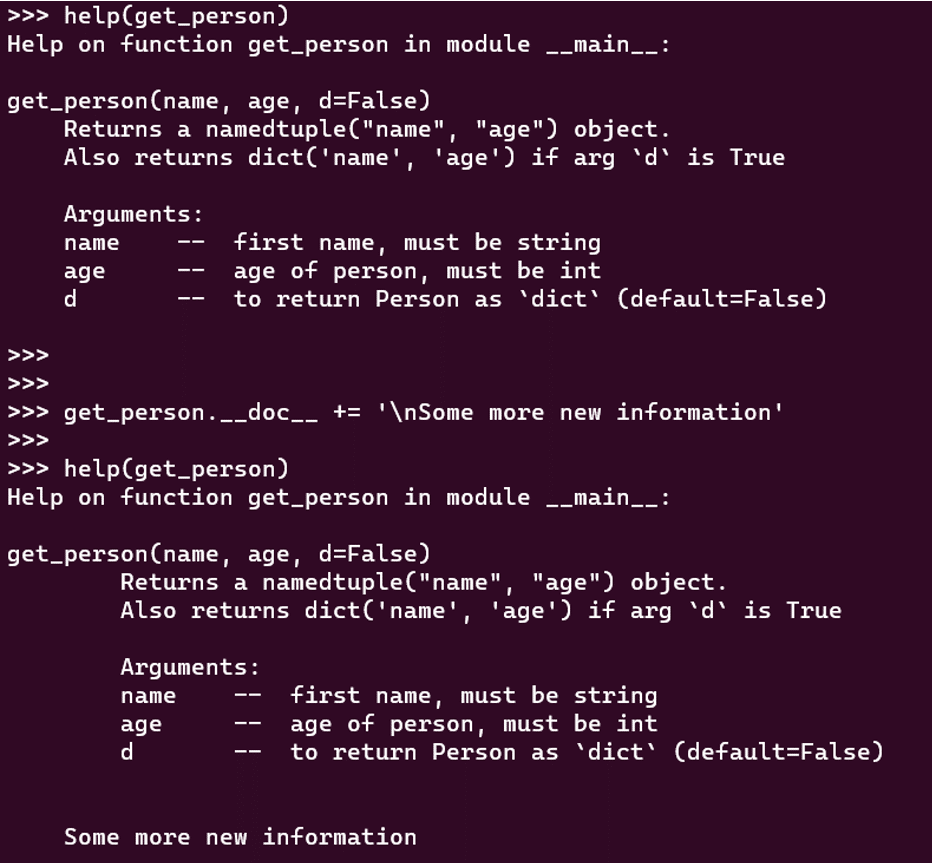
Python Comments Best Practices on GitHub:
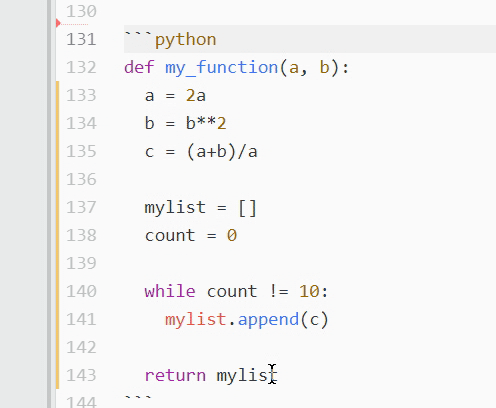
When writing code for open-source projects on GitHub, it's essential to follow proper commenting techniques to make your code understandable and maintainable for others and yourself. Here are some best practices to keep in mind:
Use Docstrings: Docstrings are multi-line comments that provide detailed information about the function or class they precede. They should include a brief description of what the code does, its purpose, and any assumptions it makes.Example:
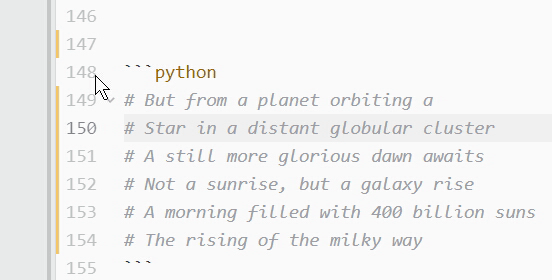
def my_function(x: int) -> None:
"""Calculates the square root of x."""
... implementation ...
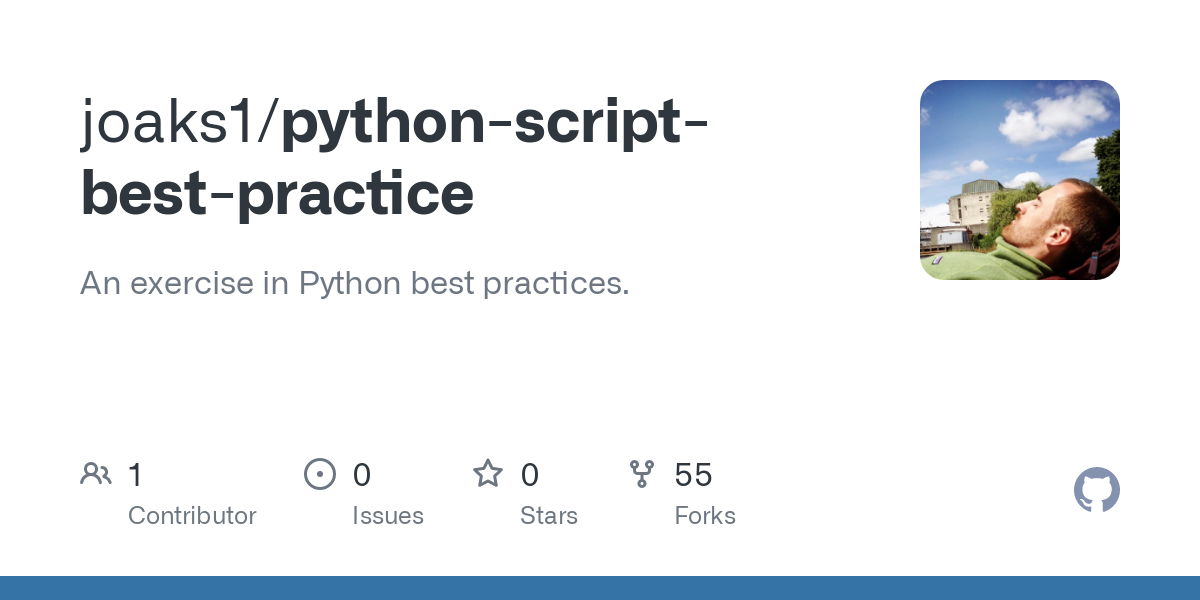
""") or parentheses (() for single-line comments, and use them sparingly.
Example:
# This is a single-line comment
"""
This is a multi-line comment that spans multiple lines.
"""
Example:
def my_function(x: int) -> None:
"""Calculates square root of x."""
sqrt = math.sqrt(x)
return sqrt
Example:
class MyClass:
"""MyClass is a class with attributes and methods."""
def init(self):
self.my_attribute = "my_value"
Example:
def my_function(x: int) -> None:
"""Calculates square root of x."""
if x < 0:
raise ValueError("Negative values not allowed.")
Use the math library to calculate the square root
sqrt = math.sqrt(x)
return sqrt
Example:
def my_function(x: int) -> None:
"""Calculates square root of x."""
Previous implementation had an issue with negative values.
if x < 0:
raise ValueError("Negative values not allowed.")
sqrt = math.sqrt(x)
return sqrt
By following these best practices for commenting in Python on GitHub, you can improve the readability, maintainability, and overall quality of your open-source projects.


